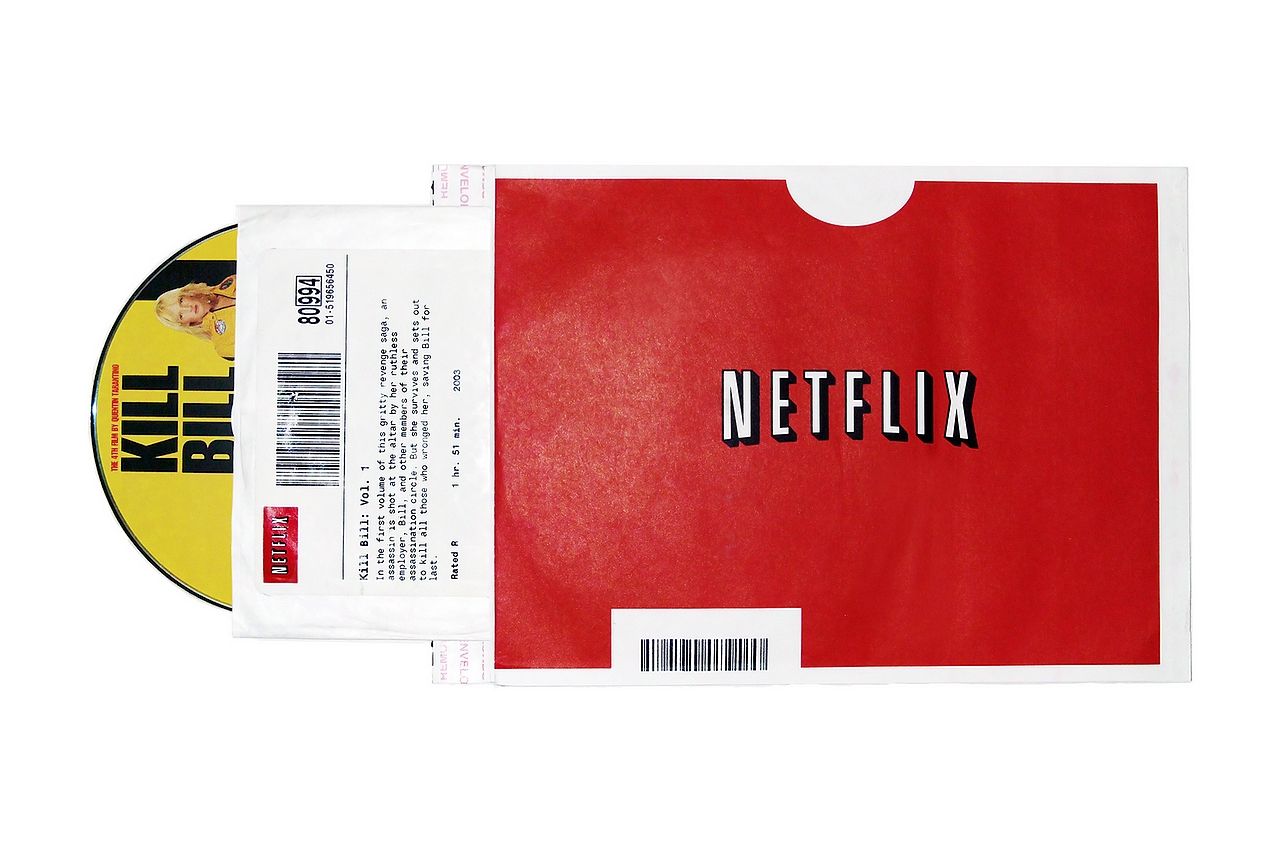 The history of Hollywood is the creation of the fantasy world. A world in which people overcome all obstacles, and always fall in love, with happy endings that include living happily ever after–but never growing old. Such is perpetuated by the America’s infatuation with youth, and the centering of such in a way that makes the idea of getting old something to fear. Especially among women in the industry. For years, even, women were encouraged to be slim and attractive, and to remain youthful at any cost (even if that means plastic surgery) if they’d hoped to maintain any long-term success in the industry. Men have rarely had that problem: 10 of the 15 oldest nominees for an Academy Award are men. However, we’re currently seeing a shift from that idea.
The history of Hollywood is the creation of the fantasy world. A world in which people overcome all obstacles, and always fall in love, with happy endings that include living happily ever after–but never growing old. Such is perpetuated by the America’s infatuation with youth, and the centering of such in a way that makes the idea of getting old something to fear. Especially among women in the industry. For years, even, women were encouraged to be slim and attractive, and to remain youthful at any cost (even if that means plastic surgery) if they’d hoped to maintain any long-term success in the industry. Men have rarely had that problem: 10 of the 15 oldest nominees for an Academy Award are men. However, we’re currently seeing a shift from that idea.
In the 21st Century, Hollywood is still driven by fantasy–after all, many watch movies and television as a means of escape and entertainment. Why not create worlds that can’t exist elsewhere, if given the opportunity to do so? Yet, while fantasy continues to be a cornerstone of what great movies are made of, there is a facet of film that is equally exhilarating, and which resonates with the audience in a different way: reality. Indeed, as much as people love the worlds of make believe that movies provide, they love to see themselves on the screen, they’re attracted to believable characters and narratives that build on history and also reflect the times in which we currently live.
Those times in which we live are determined by a number of factors, more specifically, by the demographics of our populace. America is getting older, with the Baby Boomer generation, those born between 1946 and 1964, accounting for over 20 percent of the American Population. Boomers are the second largest group of citizens in the country (slightly smaller than millennials), and nearly all of them are retiring or near retirement. This generation, which was the first to grow up with with multiplex theaters and colored TVs in the home, are key part of what drives entertainment and culture. Thus, creating stories that reach them are necessary as a part of business strategy, with regard to adaptation and natural evolution.
In doing so, Hollywood has created new spaces in which aging women can continue to be a part of the industry; not just in supporting roles, which use them to a lesser extent in telling a story. Now, these ladies are the story–the centerpiece of the films and television shows in which they star. Take this year’s film’s like, Grandma, The Lady in the Van, or the the British drama 45 years, for example. The latter has resulted in an Academy Award nomination for 70-year old Charlotte Rampling, and the other two, featuring Lily Tomlin and Maggie Smith, respectively, are among the highest rated this year, with critics. On Television, as well, there’s been an increase in the range of roles for older women, with Jessica Lange receiving a spate of accolades for her roles in American Horror Story, and Viola Davis making history at the Emmys with her sultry character, Annalise Keating, on ABC’s How To Get Away With Murder.
Each of these career defining roles for these women, later in the lives and careers, are a welcome sign of progress for legends like Oscar Winner Meryl Streep, whose efforts to get movies greenlit for women writers over 40 years old, are becoming more of a reality. She spoke recently at the Berlin Film Festival about the “positive direction” she, herself, is witnessing in Hollywood. That is not to say that youth is not still prized over maturity. Rather, it seems, the industry is making an effort to adjust the fantasy in a way that projects the good life, in some way, for everyone.
